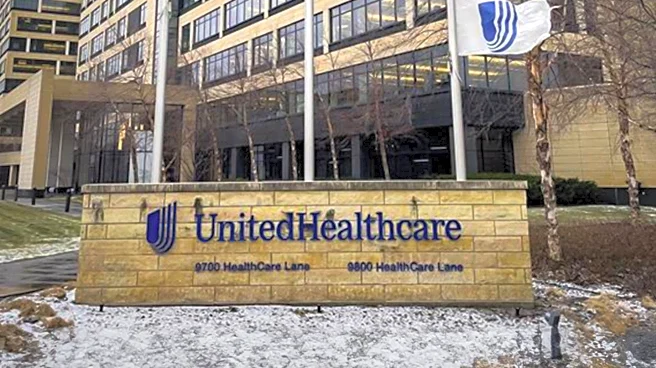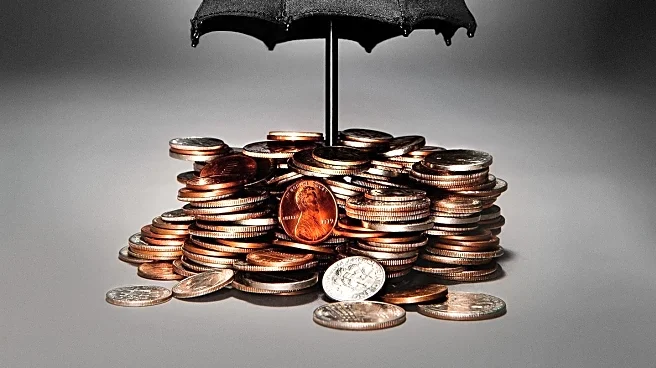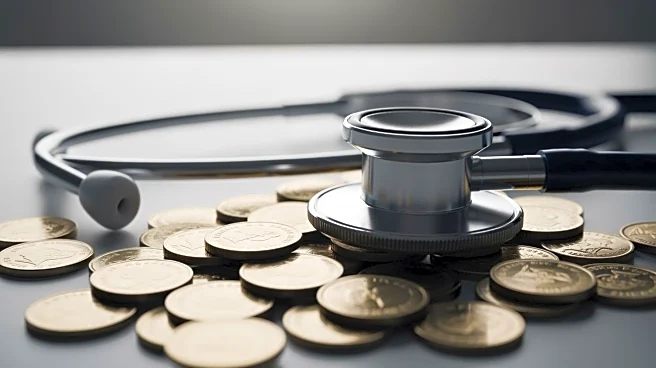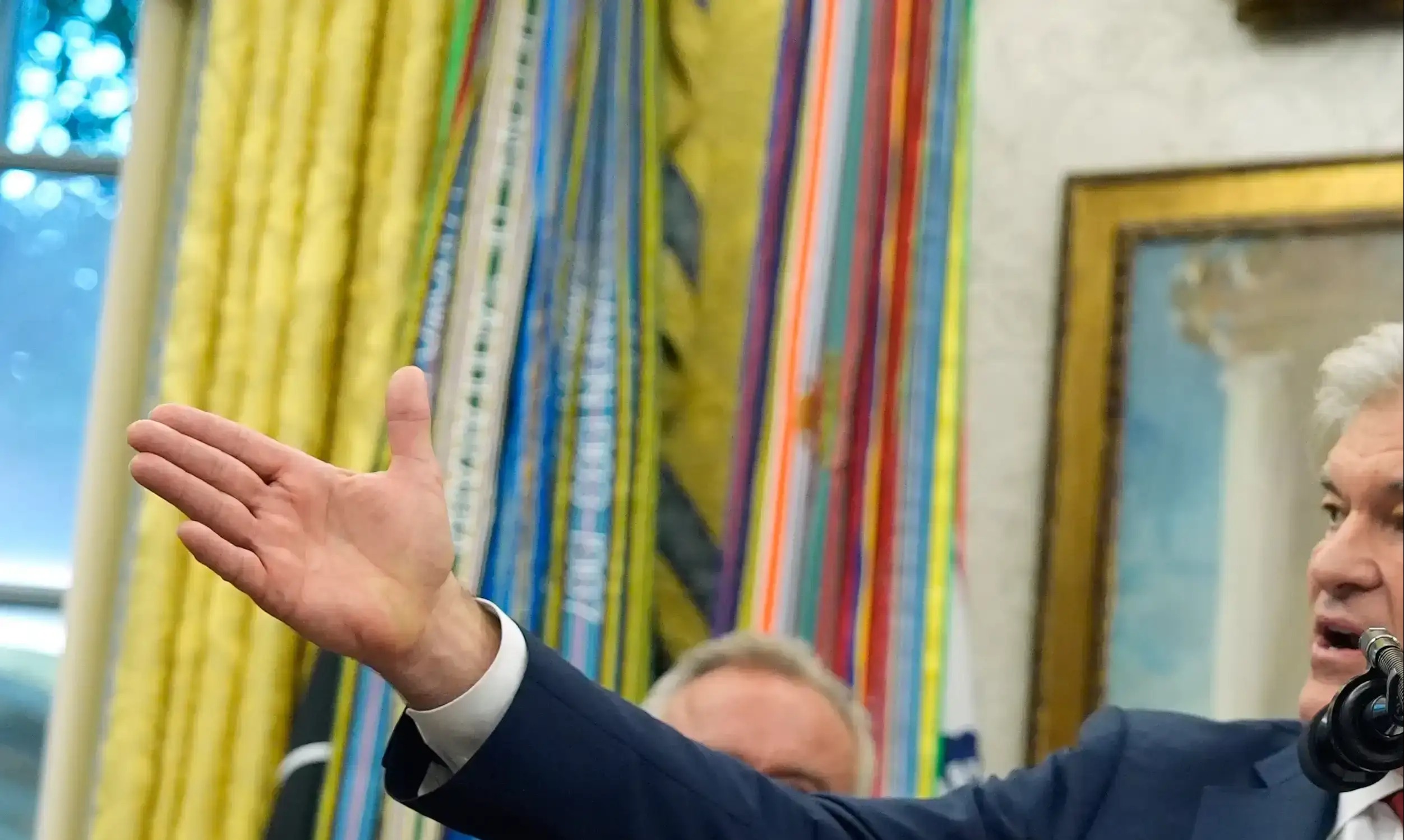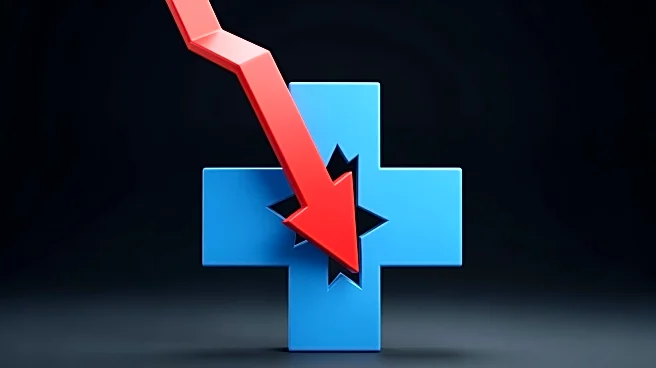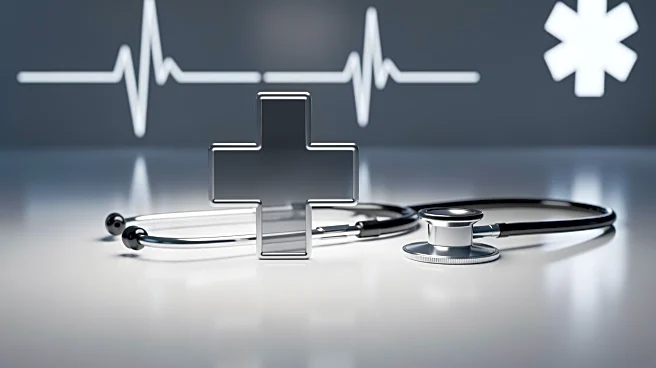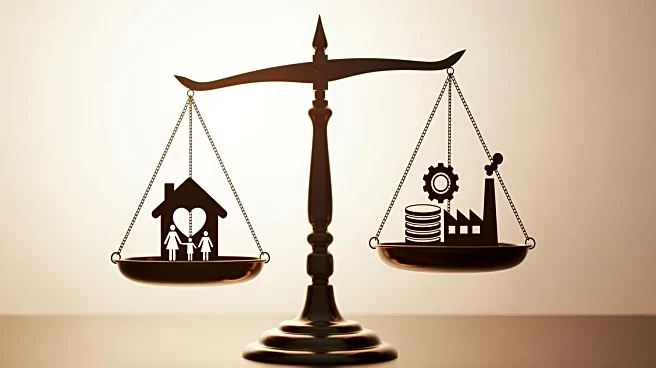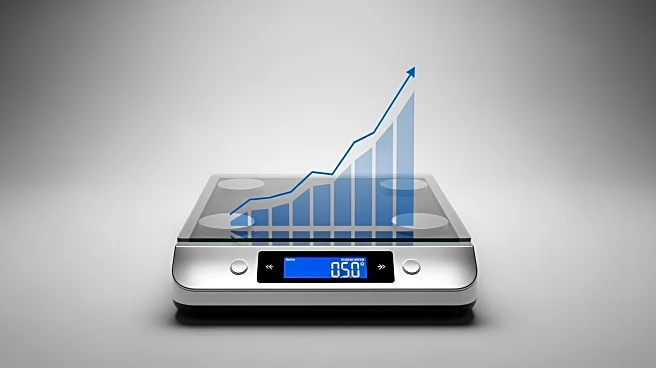What's Happening?
As health insurance premiums are expected to rise, some Americans are considering whether paying for medical care without insurance might be cheaper. Hospitals and clinics sometimes offer cash-only discounts,
which can be less expensive for certain services like allergy tests or X-rays, especially for those with high deductible plans. However, paying outside of insurance means these costs do not count towards deductibles or out-of-pocket limits, potentially leading to higher overall expenses if more medical visits are needed. Experts caution that while cash payments might seem appealing, they can result in higher costs compared to negotiated insurance rates.
Why It's Important?
The potential increase in health insurance premiums could lead more individuals to consider cash payments for medical services, impacting both the healthcare industry and consumers. While cash payments might offer immediate savings, they could expose individuals to significant financial risks in case of unexpected medical emergencies. This trend could affect the insurance market, as more people might opt out of coverage, leading to changes in how healthcare providers manage pricing and services. The expiration of enhanced subsidies for Affordable Care Act premiums further complicates the decision for many middle-class Americans.
What's Next?
As the open enrollment period for ACA and employer-based health insurance approaches, individuals will need to make informed decisions about their healthcare coverage. Hospitals and clinics may continue to offer cash discounts, but consumers must weigh the risks of being uninsured against potential savings. Advocacy groups and healthcare providers might increase efforts to educate the public on the benefits and drawbacks of cash payments versus insurance coverage. Legislative actions regarding subsidies and insurance premiums could also influence future healthcare decisions.
Beyond the Headlines
The shift towards cash payments for medical services raises ethical and legal questions about access to healthcare and the financial burden on uninsured individuals. It highlights disparities in healthcare affordability and the need for policy solutions to address rising insurance costs. Long-term, this trend could lead to changes in healthcare delivery models, with providers adapting to a growing number of uninsured patients seeking cash payment options.
